As a child, the chef and television host Tyler Florence had 42 different listed allergies. It wasn’t until he was 13 years old that he tasted melted cheese for the first time. “I had a very weird early diet. I could only eat and drink things like salmon, lentils, goat’s milk.” As a teen, he finally outgrew the allergies and tried foods most kids had been eating their whole lives. “It was like an explosion – all the flavors and the textures. I couldn’t get enough of it.”
His first job was as a dishwasher at the Fish Market restaurant in Greenville, South Carolina. “It was the nicest restaurant in town. All the waiters had tuxedos and cummerbunds. It was the 1980s, so there were pink tablecloths and fish tanks in the dining room.” As a kitchen worker, he got to eat whatever they were making. He can still remember the dishes they served. “I went from being a kid who couldn’t taste anything to having lobster and hollandaise and bacon-wrapped filet mignon and sole stuffed with crabmeat, finished with béarnaise.”
At 19 he went to culinary school in Charleston. At the time the city was gaining a reputation for its “Lowcountry cuisine,” serving upmarket seafood dishes alongside southern-style home cooking. “It was the first time that shrimp and grits as a dish was put on a white tablecloth with a glass of California Chardonnay and called something. It set the world on fire.”
After five years in Charleston, Florence moved to New York City and worked for renowned Aureole chef Charlie Palmer, with whom he’s still friends. Palmer mentored him for two years before Florence stumbled upon an unexpected opportunity. “I talked my way into an executive chef position at Cibo [a respected Italian restaurant in Manhattan], and every night I would flip my dirty chef’s coat round to the clean side and take a pocketful of business cards and walk out and shake hands.”
One night in 1996 a producer from the Food Network was in the dining room, and he offered Florence a guest spot on one of its programs. Hundreds more appearances followed, along with slots on the Today show and Oprah. Then, in 1999, he was given his own show, Food 911.
He met his wife, Tolan, at the Sundance film festival and moved to San Francisco with her in 2007. There Florence ran into another unexpected opportunity. The restaurant Rubicon, whose founders included Francis Ford Coppola and Robert De Niro, was closing. Florence happened to meet the owner of the building at an event, who offered him the whole space. “The building was made in 1910 after the earthquake,” says Florence. It still felt like an old tavern and for his Wayfare Tavern restaurant, Florence wanted to recreate San Francisco’s historic spaces, hoping to create a place “almost like a movie set, a place where San Franciscans of distinction have been coming for a hundred years.” He even bought a tobacco barn in Kentucky, had the wood shipped out to California and used it as the flooring: “You can’t fake 100-year-old floors.” A great restaurant “has to be transportive; it needs to take you someplace, tell a story,” he says. “So I don’t build new restaurants. I build old restaurants.”
For the first part of this year, Florence was busy working on the relocation of the Wayfare Tavern from the Rubicon space to San Francisco’s Financial District. It opened in April. He is involved in every element of his restaurants’ design. “We always start with a date. Miller & Lux [his steakhouse] is 1955. Wayfare is 1895. And we build the storyline from there. The fashion, the music, film, design.” For the food, he says simplicity is the key: “It can’t be wacky, it’s got to be very thoughtful. It all goes through a very detailed editorial process; it’s refined, and refined. Even if it’s casual, it’s got to be best in category, best in class.”
Florence, an enthusiast of high-quality casual food, has done a lot to promote the food-truck industry. “Before 2009, food trucks didn’t really exist. They started happening after the financial crisis in 2008.” In 2009, he pitched a television show, The Great Food Truck Race, to the Food Network. The first season aired in 2010. “It was a phenomenon. We didn’t invent the food-truck phenomenon; I won’t take credit for that. But we gassed it.”
The show has run for 18 seasons, with the final one airing this summer. I ask him what makes a food truck successful. “Food trucks should be known for one awesome thing, with a few different variations to it; one thing you can hold in your hand.”
The crab bisque is now a favorite on the menu. The Governor of California has eaten it
The mentoring of young startups has been one of the great pleasures of his career. “It’s amazing to see how innovative some of the dishes are. And technically brilliant, too. Just because it’s something you can put into a small bowl or hold in your hand doesn’t mean it’s not Michelin-caliber.”
Lately, Florence has been using AI to complement his ideas for new dishes. He carries a journal everywhere, full of notes, doodles and old photographs. “A new dish always starts with an idea in my head, a picture.” He shows me a sketch of a crab bisque – it’s rough: just a few lines showing how it might be served. He brought it to life by feeding his ideas into ChatGPT, which came up with images he could share with his team of chefs, who then try to create the dish from the image. The crab bisque is now a favorite on the menu. The Governor of California has eaten it.
I ask who cooks at home. His wife does the weeknight cooking, he says. “She has a range of about 20 dishes that she just nails. Beef Stroganoff, Japanese rice, stews, curries. She’s great at them. Then Dad rolls in on the weekends and gets out the barbecues. I have seven.” Florence has more business ventures coming up, including Sprout, a line of organic baby foods and Wolf it Down, a website with recipes, virtual cooking classes and a podcast.
But throughout a widely varied career, Florence’s approach hasn’t changed. “This is my 29th year in television, but I do the same thing today: take a pocketful of business cards and just go meet people.”
This article was originally published in The Spectator’s August 2025 World edition.










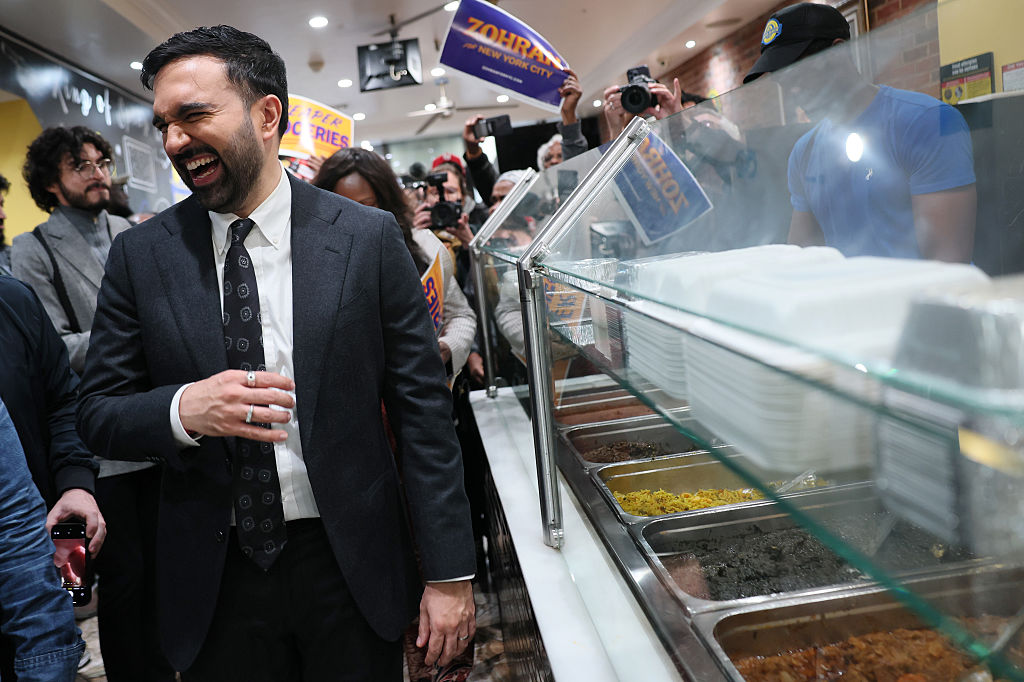
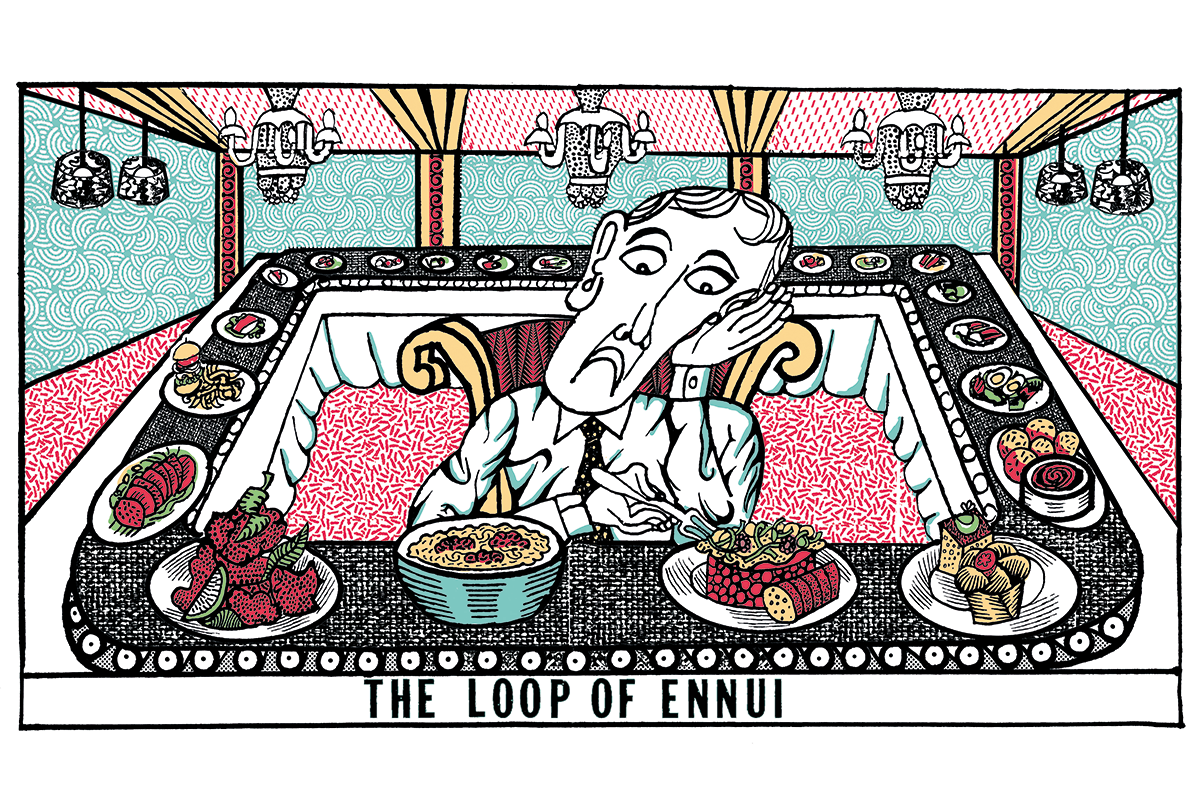
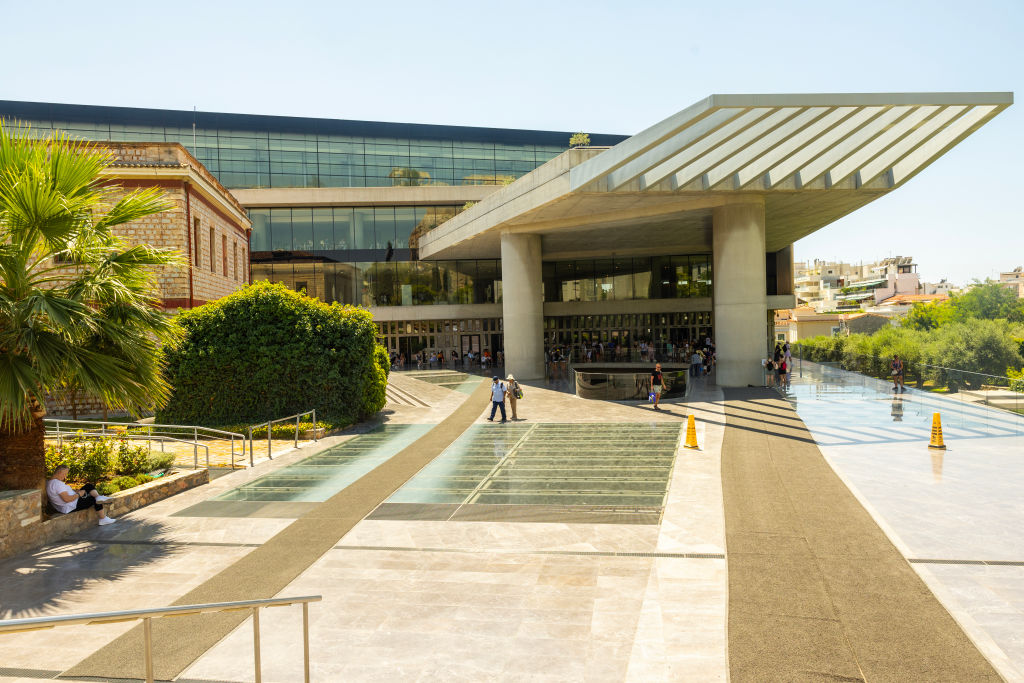
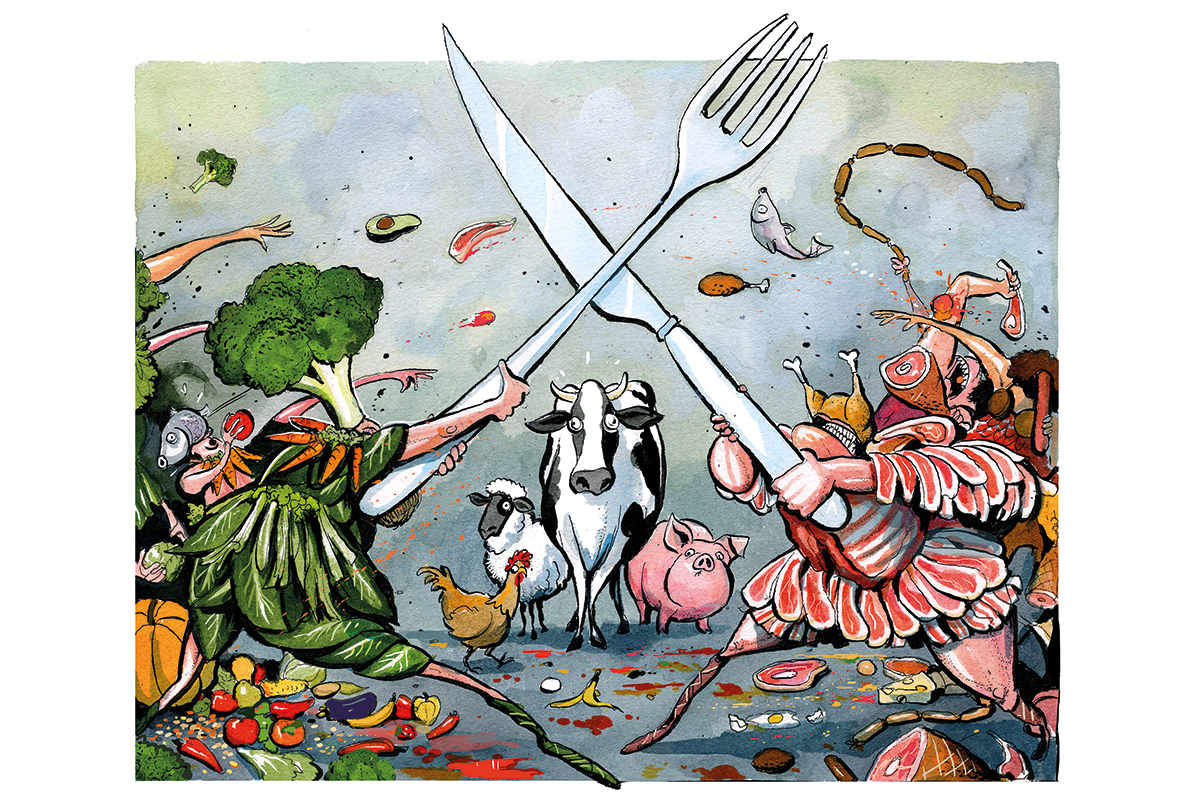

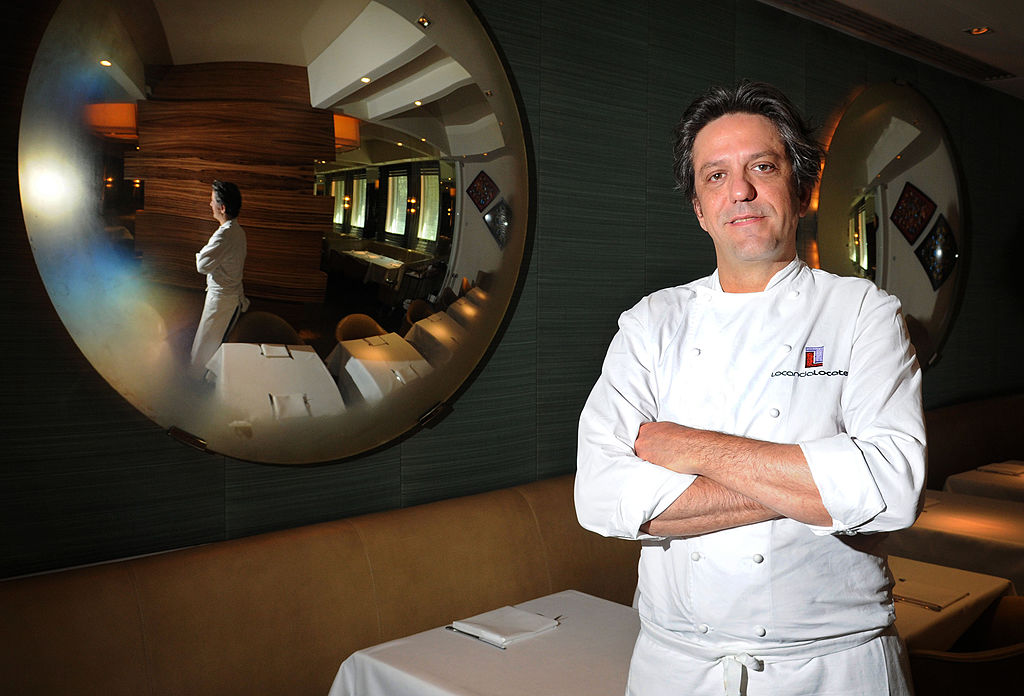

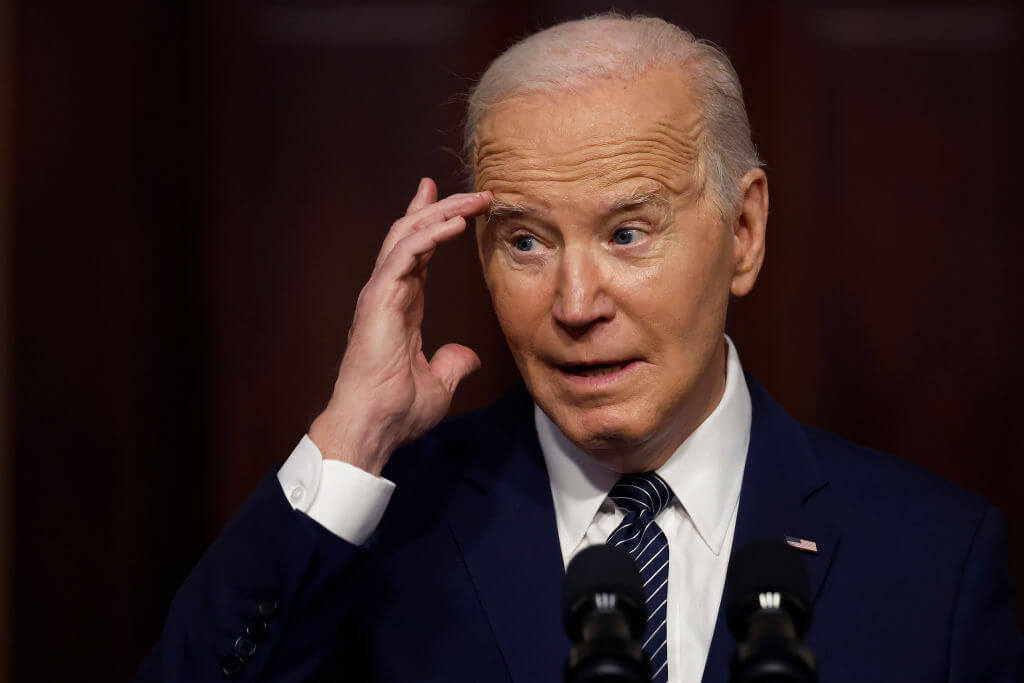


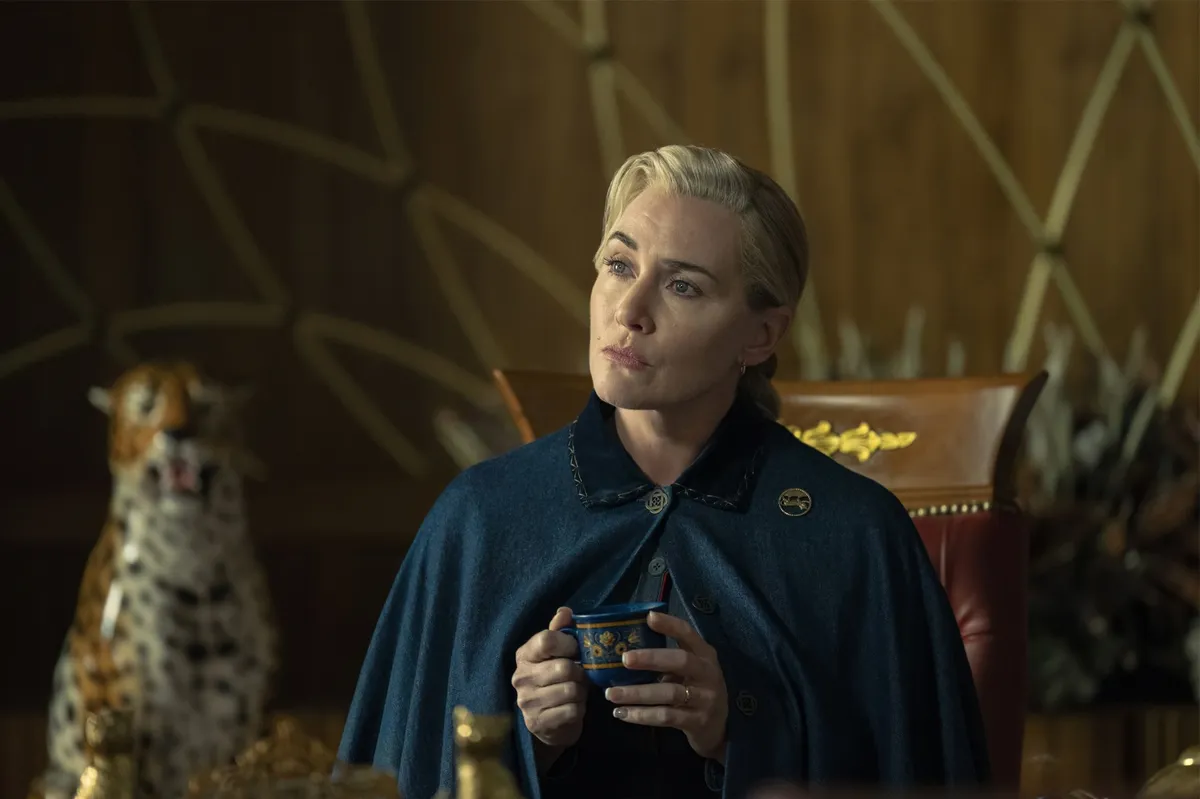
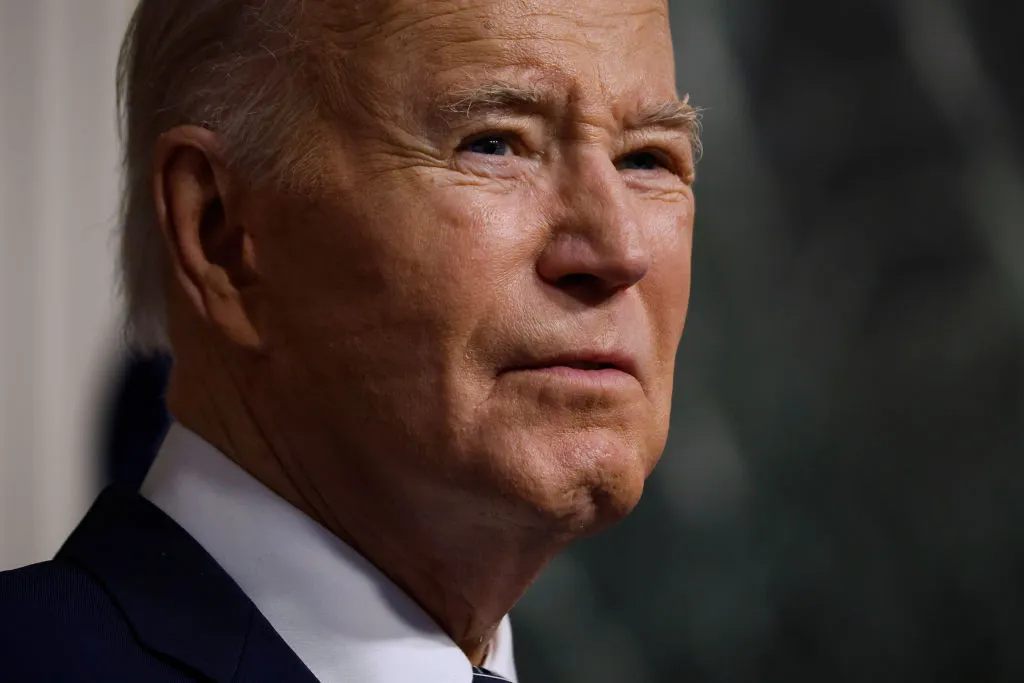

Leave a Reply